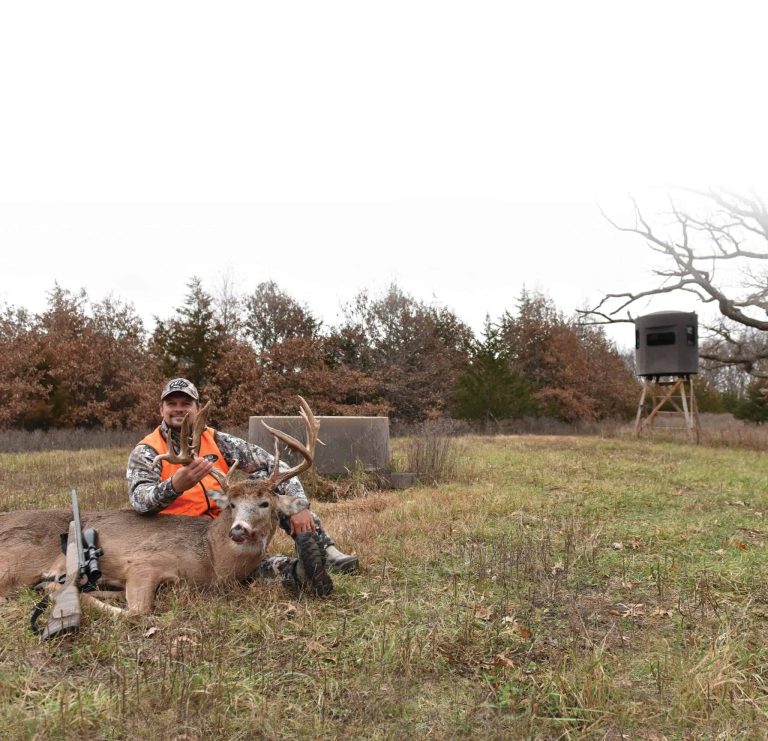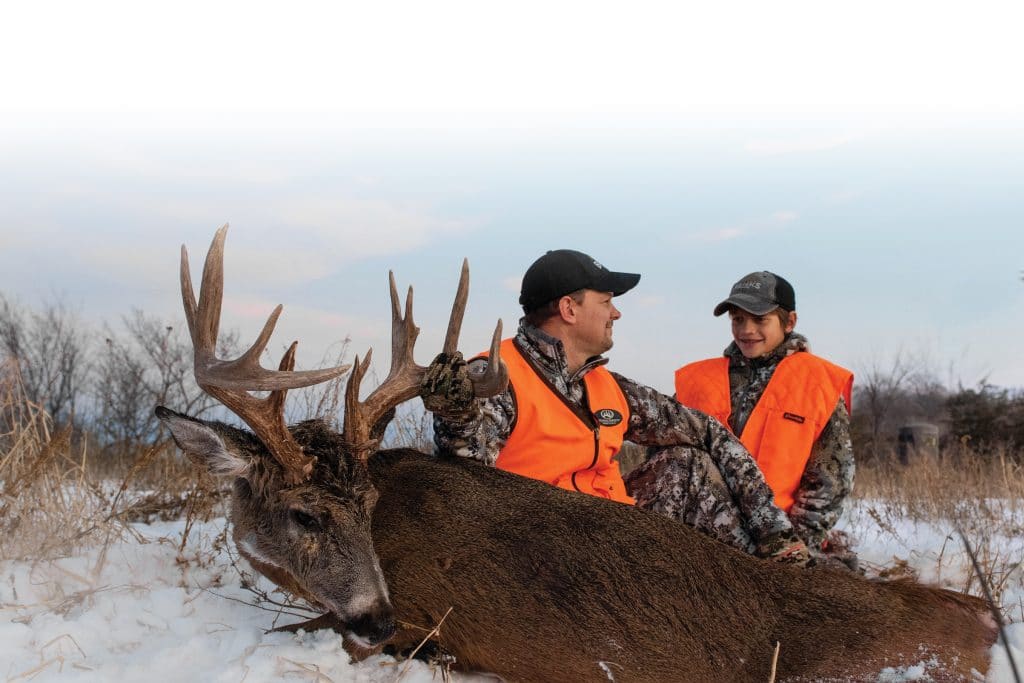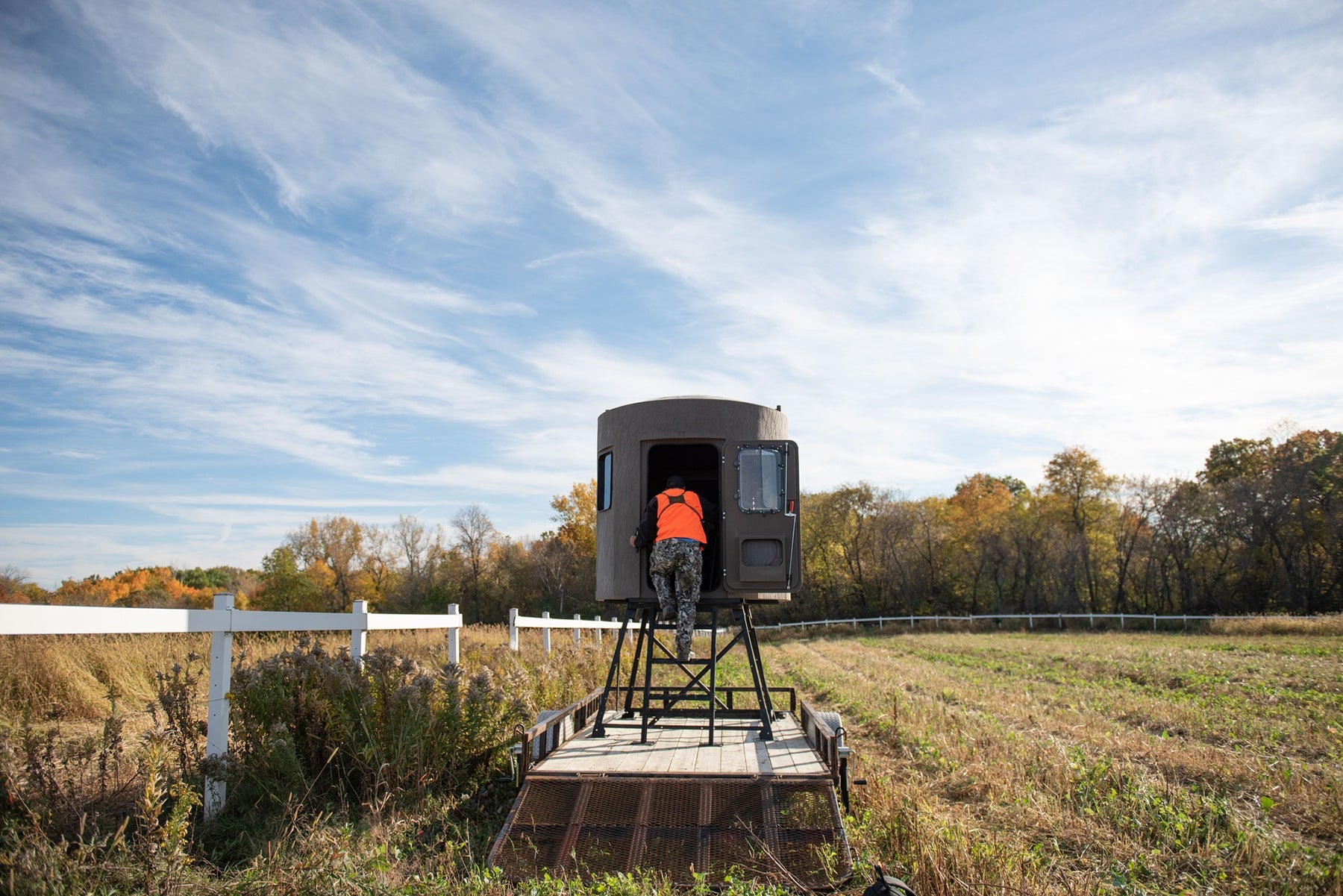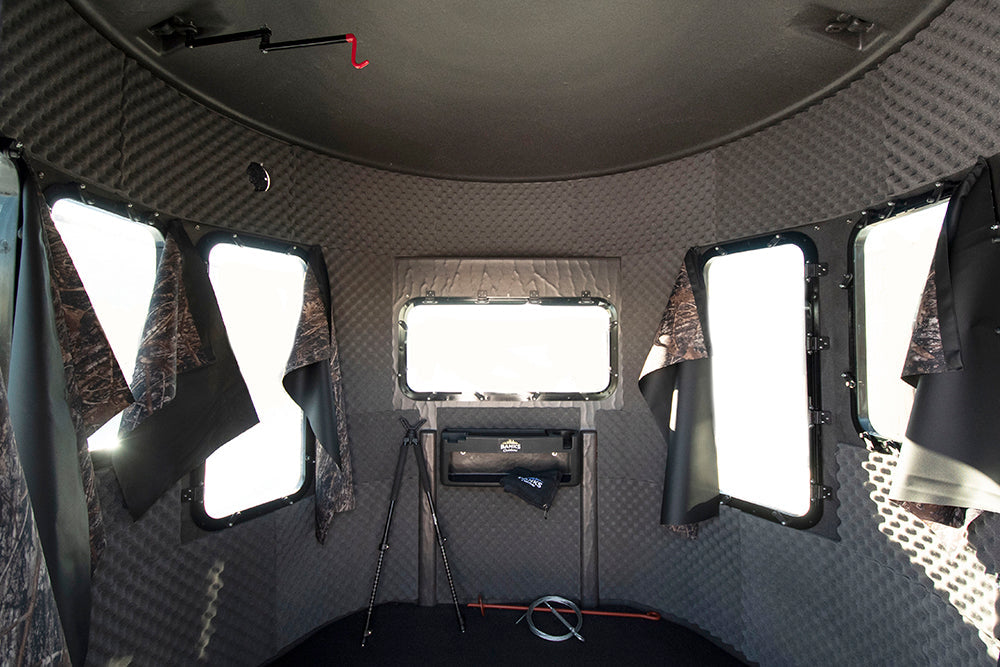Private and public land are both great choices for your deer hunting season. They’ll both give you access to wild game and give you opportunities to fill your tags. Public land is regulated by the state, so there are some things you need to think about that you wouldn’t have to on private land. We’ve suggested 10 things every public land hunter should know. Check out the list, below.
1. Wear Your Blaze Orange
Hunters are required to wear a piece of blaze orange clothing in Minnesota. This simple rule is for everyone’s safety, so make sure you get yourself blaze orange clothes if you don’t have any already. Deer are colorblind, so don’t worry about the bright color alerting them. A recent addition to the law requires hunters in Minnesota to place a piece of blaze orange fabric over their blind.
2. Don’t Forget Your Tags
Having the proper deer tags is legally required whether you’re hunting public or private land, but on private land you’re able to go back to the house and get the tag if you forgot it. When you hunt on public land, you have to tag the deer before you’re allowed to take it off the property, so there’s no option to take the deer with you and grab the tag later.
3. Take Your Blind With You
When you hunt on private land, you can leave your blind on the property throughout the entire hunting season if you want. On public land, you’ll need to take your blind on and off the property according to the rules in your state and national forest regulations. If you’re hunting somewhere you can leave your blind overnight, use our Locking Door Handle to make sure other hunters can’t walk into your blind when you’re not there.
4. Be Respectful of Other Hunters
Public hunting land means just that: the land is open to the public. That means that you’re going to be sharing the land with plenty of other hunters. Make sure you’re respectful of other hunters by not placing your blind directly next to theirs. Give other hunters a reasonable amount of space. Don’t set up your blind directly across from them in their shooting lane, either.
5. Look for the Water Sources
Familiarize yourself with where the water sources are on the property before you hunt. Check out the topography on a hunting app and make note of any tree lines where you can set up your blind along the edge between the water and the trees.
6. Follow the Legal Hunting Hours
Make sure you know what the legal hunting hours are in your area. Most of the time, it will be 30 minutes before sunrise and 30 minutes after sunset.
7. Hunt for Sheds
Take the time during the off season to scout out public land for antler sheds. Where a deer drops their antler can be a good indicator of where they spend a lot of time. If it’s next to a water or food source, that’s a good indicator they stopped there for a while.
8. Look for Rubs and Scrapes
Look for rubs and scrapes once rut season starts. The bucks will be marking their territory and letting the does know where to find them. That will let you know where to find them, too.
9. Cover Your Scent
Make sure you’re always using a scent-eliminating spray.
10. Use a Map
Always carry a physical map with you when you’re on public land. You can’t always rely on technology, and you need to have a backup for safety, in case you get lost.
As you prepare for the upcoming season, make sure you familiarize yourself with what you’ll need and how you can hunt public land.
What do you think every public land hunter should know? Let us know in the comments below!






The Best Treestand Snacks
Tips for Hunting from a Kayak